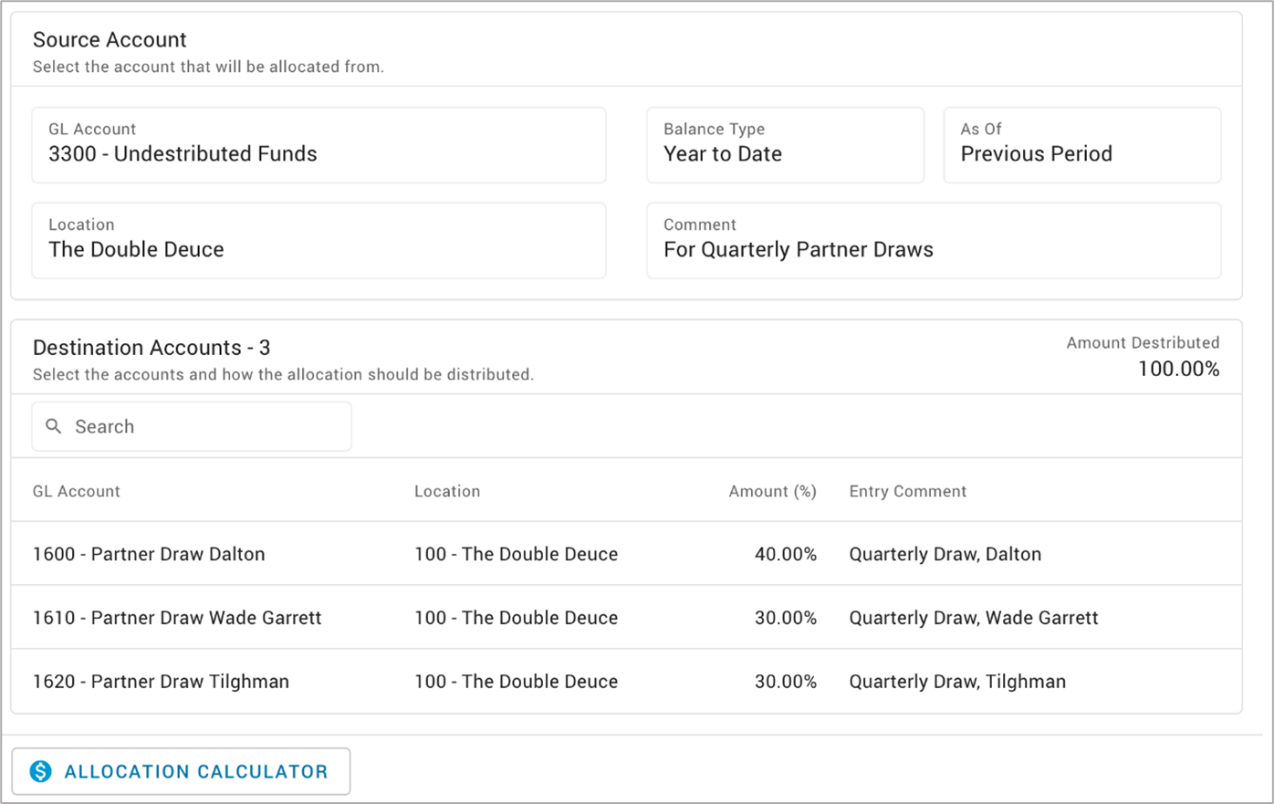September 15, 2021
See trends faster and get all the financials you need in one place, at a glance with the Financial Dashboard
Customers with Custom Financial Reports (CFR) now have access to the financial dashboard which puts fresh, visualized data from multiple reports in one place.
Widgets include:
Income vs. Cost of Goods Sold
Profit
Gross Profit Margin
Balance Sheet
Profit and Loss
Features Include:
Filter by location
Choose from a variety of date ranges
Compare numbers to any year for which you have data in R365
Shortcuts to invoices, reports, and journal entries
Alerts for invoices and journal entries that need your approval
Drag and drop upload of documents into the Documents to Process queue
Drag and drop to rearrange widgets
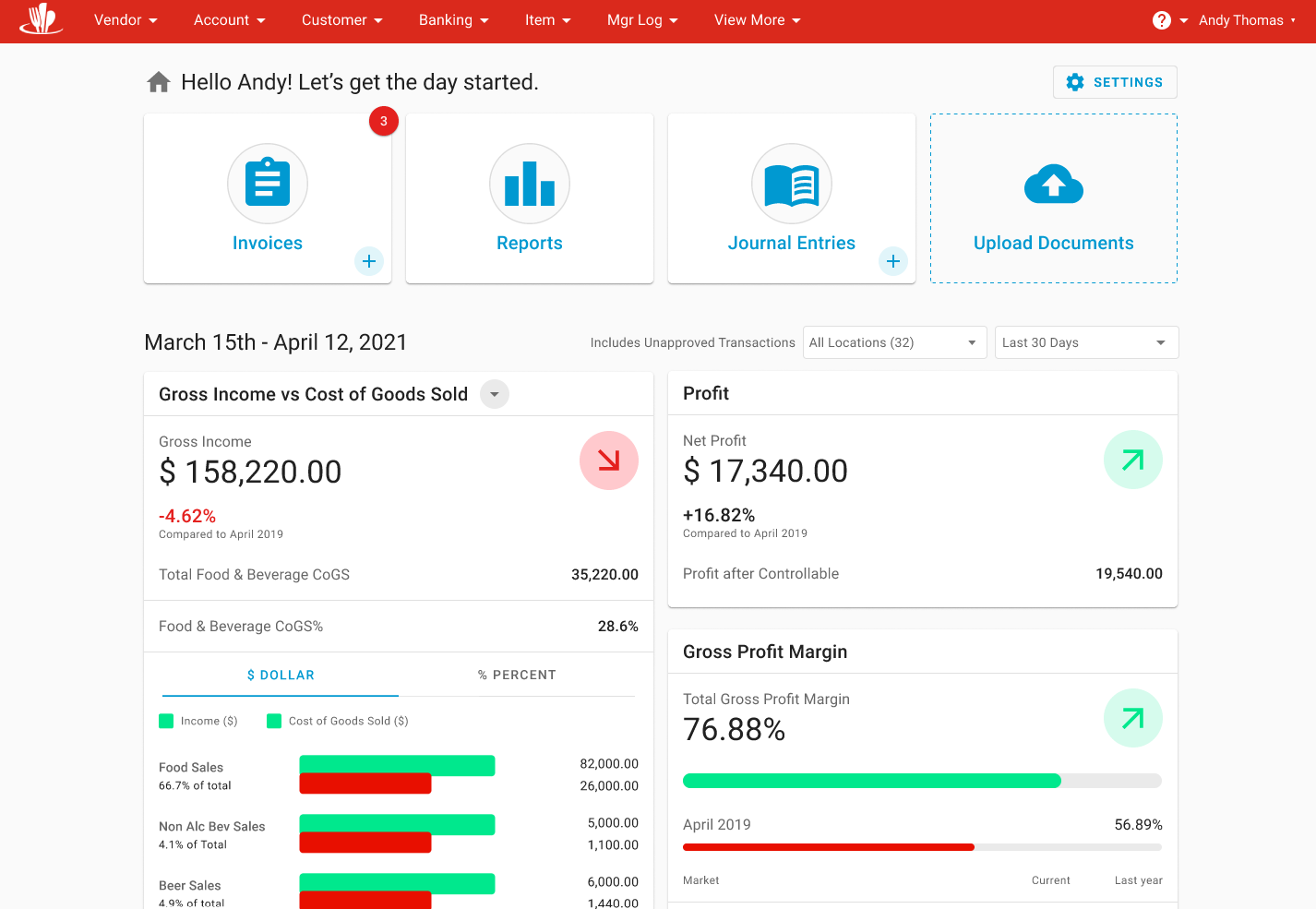
Avoid costly labor violations with Minor Rules
Above-store managers can now create rules that will help store managers avoid scheduling minors for hours that would violate state or federal laws.
Above-store managers can create as many rules as needed. For each rule they can:
Specify in-school date ranges
Create multiple school break date ranges
Have multiple age ranges, such as >18 and >16
Specify max work hours/days for in-school and off-school dates
Select multiple locations for each rule
Store managers will:
Easily see which employees are considered minors with a red dot next to the employees’ profile picture
See a warning if they try to publish a schedule that includes any violations to the minor rules
See a warning if a shift trade or claim would cause a violation of the minor rules
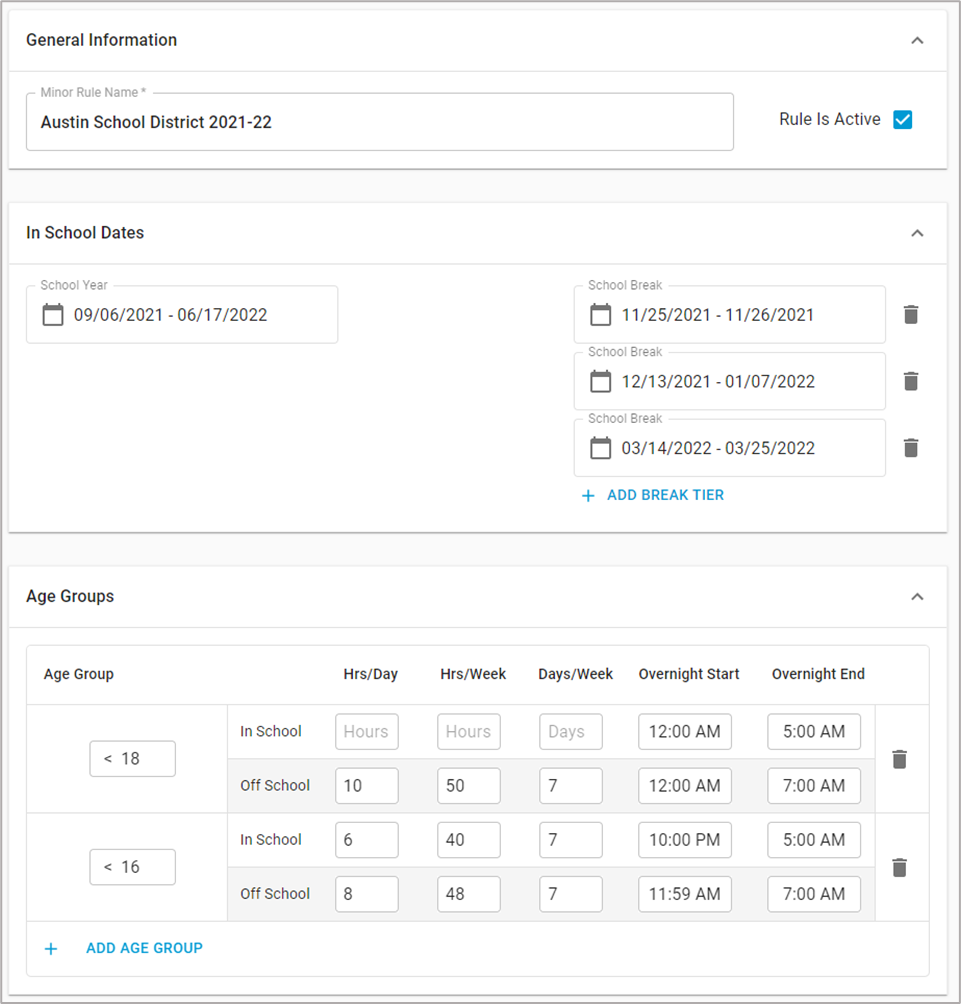
Save time with Preset Allocations
Accounting admins are now able to create preset allocations by specifying the percentage that should be spread across multiple GL accounts and locations. Accounting clerks can use these preset allocations to save time when entering invoices and standard journal entries rather than manually entering the allocation each time.
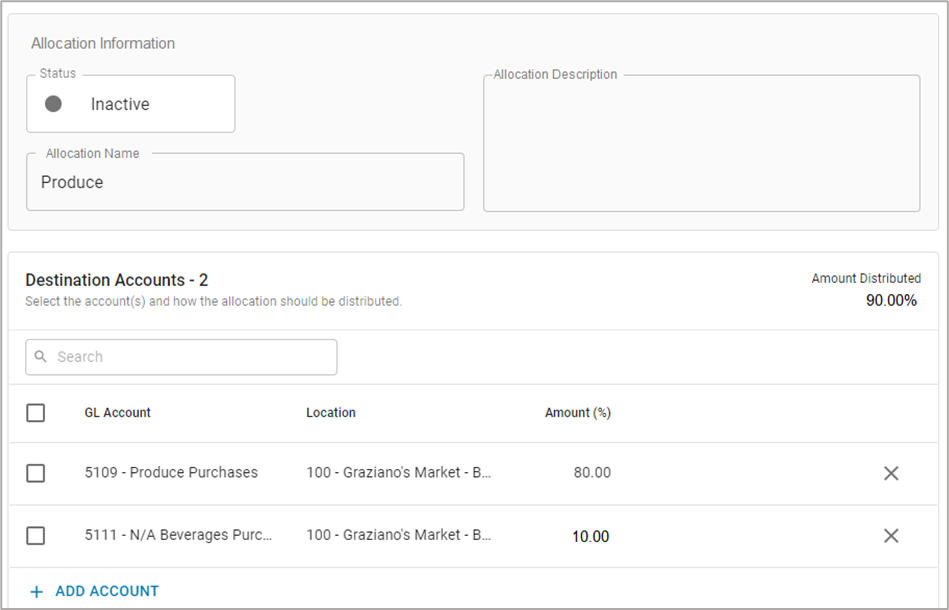
August 25, 2021
Reduce errors by inactivating closed locations
Keep historical data on closed locations while preventing them to be selected in future transactions and journal entries. You have flexibility with the ability to inactivate the location for use in AP invoices, AP credit memos, or journal entries. For example, if you just closed a location, you may want to continue using the location for AP invoices until all invoices for that location have been paid.

Custom Financial Reports: Analyze accounts by Org Unit with new row filters
For customers who have Custom Financial Reports (CFR), you can now filter rows by org unit. One of the many benefits of this new feature is it allows you to include rows of the same account, filtered to any combination of locations or Org Units.
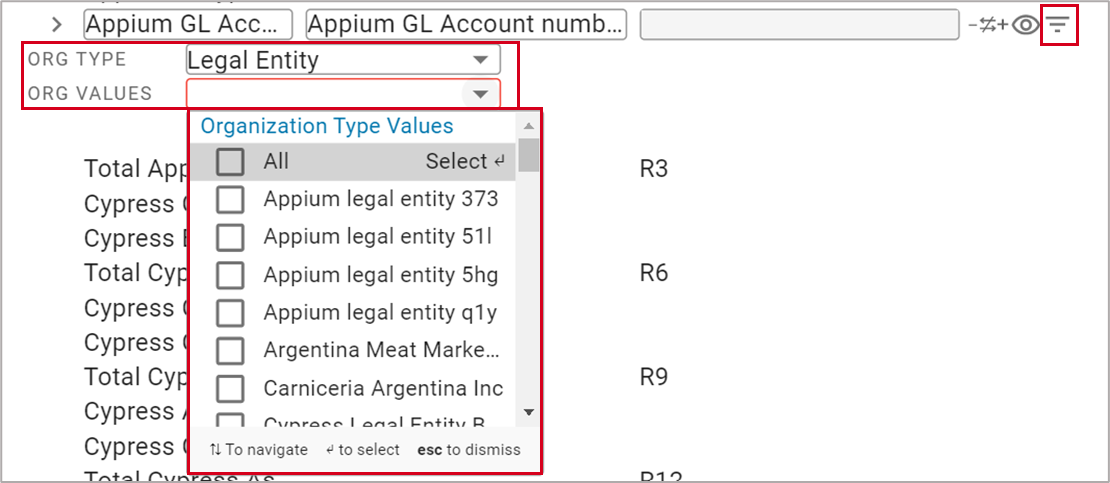
Save time with Labor Dashboard saved views
Save the locations and settings you prefer so you don’t have to re-select them each time you look at the Labor Dashboard. Simply make any adjustments you like to the view of your dashboard, save the view, and select it as the default view.
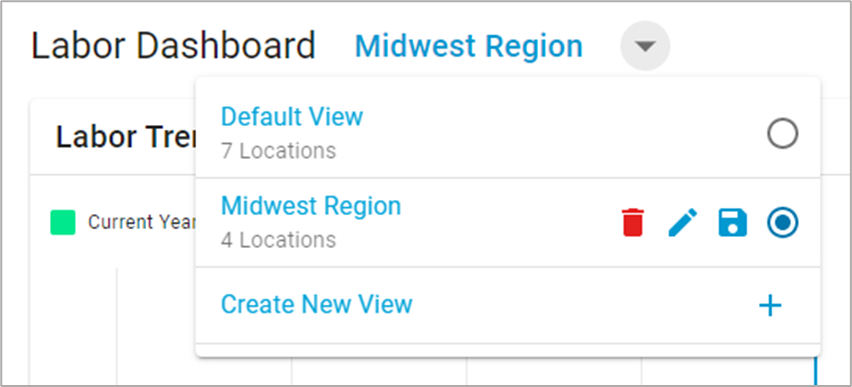
July 27, 2021
Get reports with the exact date range you need directly in your inbox with the new relative date range option for Report Subscriptions
Some standard “My Reports” require fixed dates in the report parameters when running the reports manually. This made it difficult to get fresh data when subscribing to those reports. For these types of reports, you can now select relative start and end dates which will automatically change the date range depending on the subscription schedule. This means you will get fresh data without having to change the date parameters manually.

Custom Financial Reports
For customers who have Custom Financial Reports (CFR), there is a new “type” column which has options for how the value will be returned for the selected row. Types include:
Default: the same as on individual (non-combination) reports
Beginning Balance: the sum of the beginning balance (as of the day before the time frame start)
Net Change: the net change for the column’s set time frame
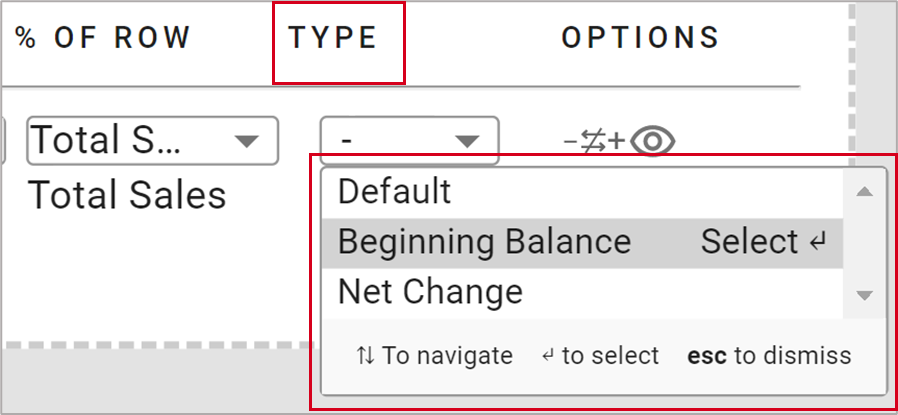
Custom Financial Reports: No need to change the sign direction for YTD Income
For customers who have Custom Financial Reports (CFR), you no longer need to manually change the sign direction for YTD/Net Income options. The sign direction for these options will default to the correct setting moving forward and existing sign direction will remain the same.
July 6, 2021
Save time on common transactions between GL accounts with allocation templates
Create templates for common transactions between GL accounts to avoid manual calculations and entry. Easily create a GL Allocation Template by selecting a source account and one or multiple destination accounts. For example, if you have an “undistributed funds” account that is commonly split between multiple “partner draw” accounts, this feature will allow you to create a template that calculates the percentages and creates the journal entries with the click of a button.
